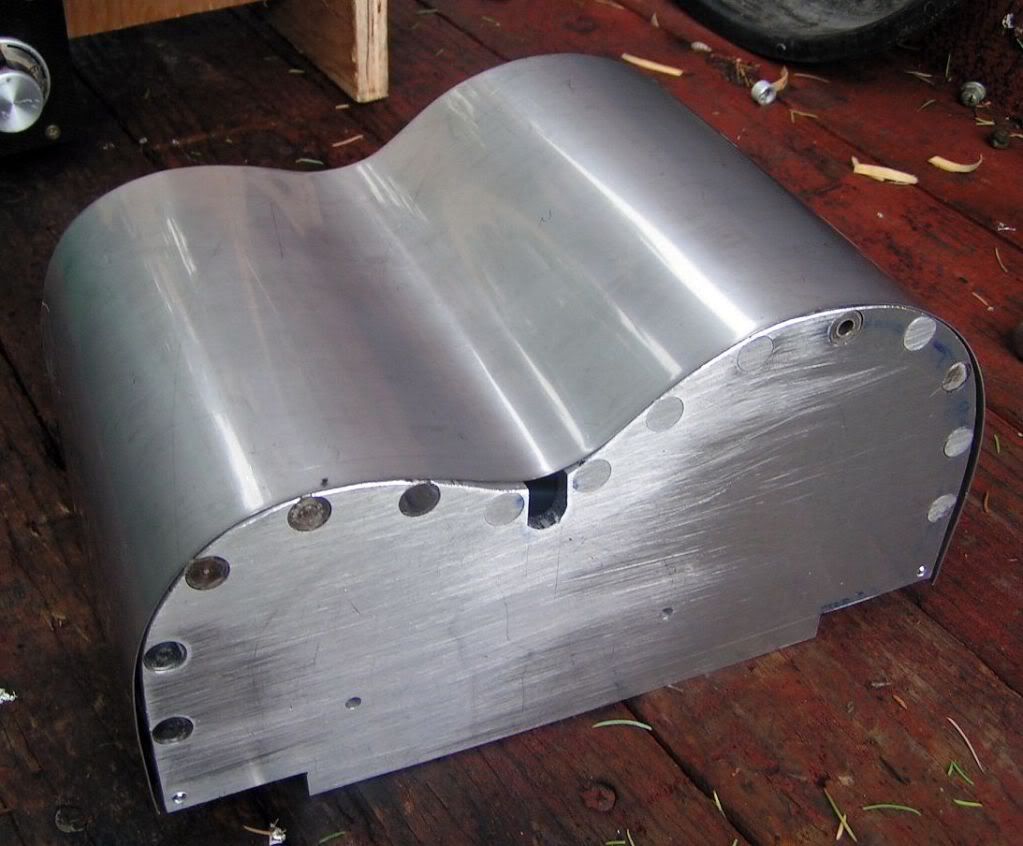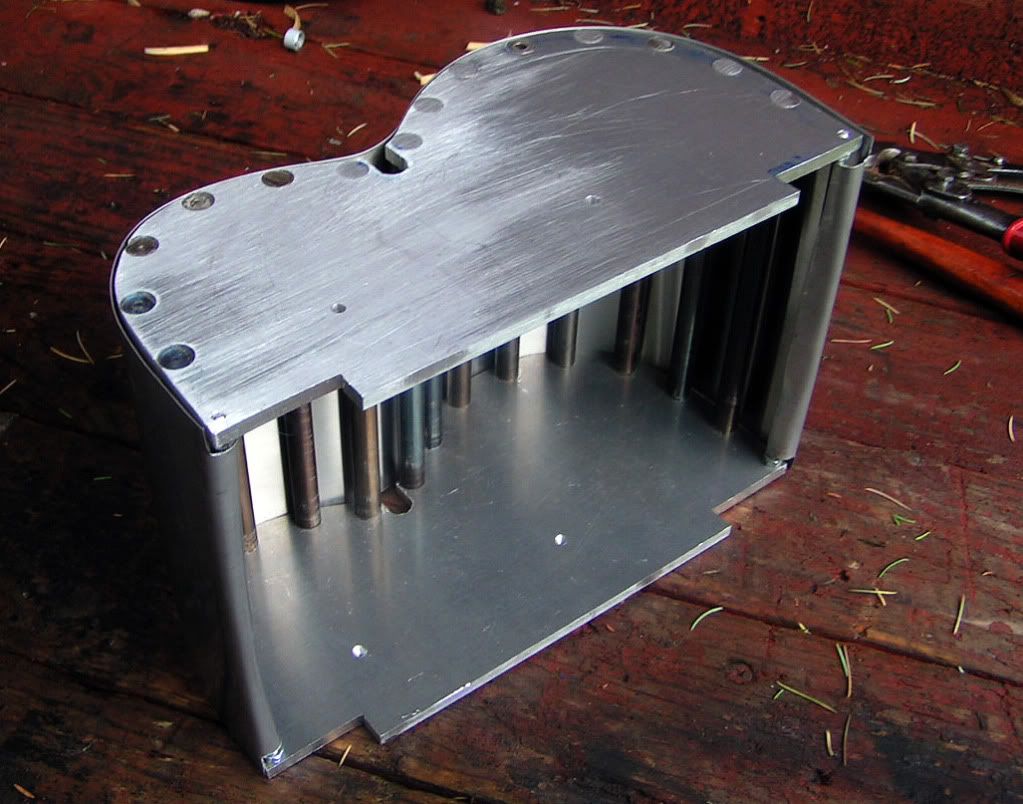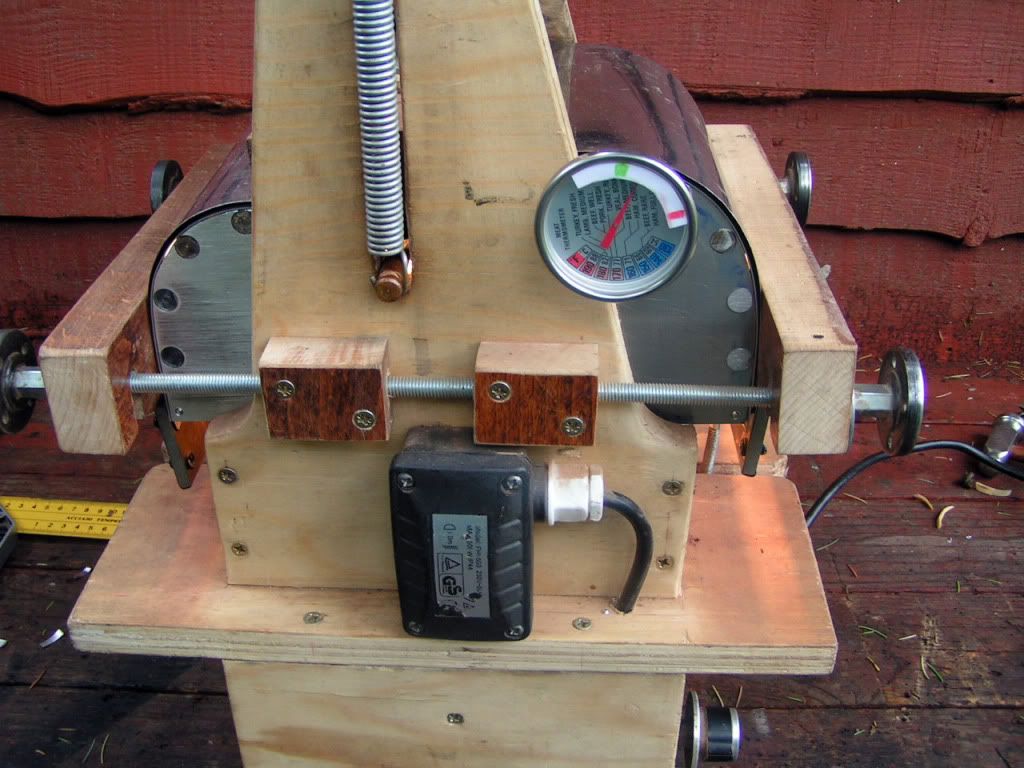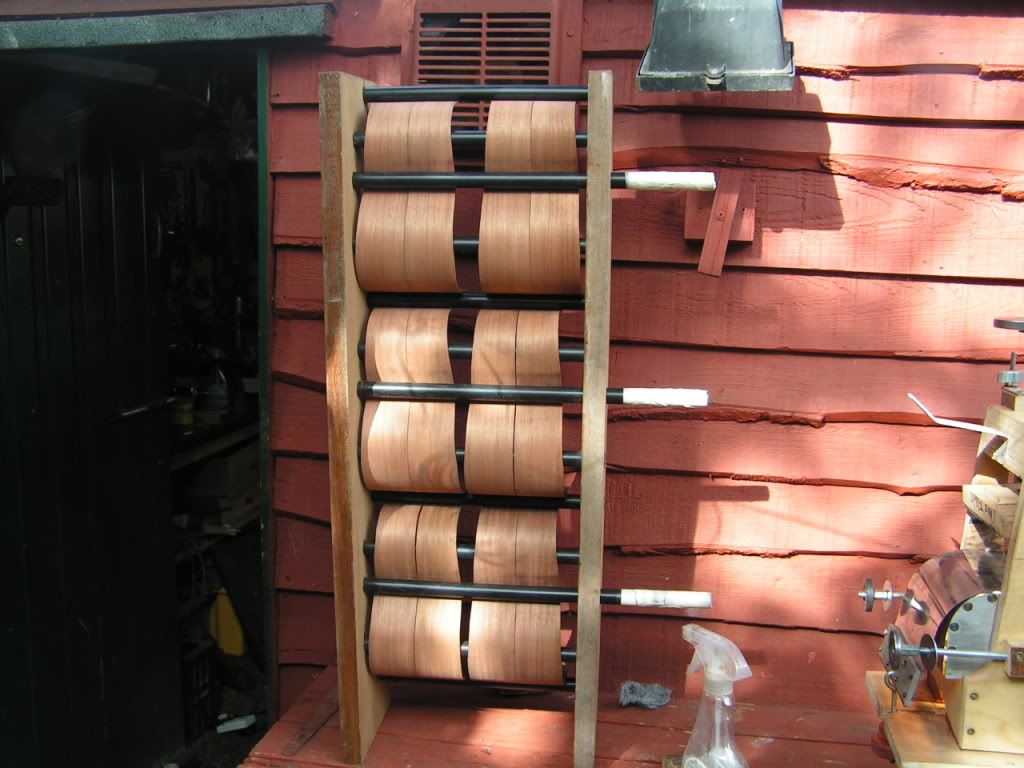mjgreenwood
Well-known member
I've been trying to find a set of plans for a fox bending machine that will be usable with ukes and guitars. From my reading and googling it looks like I should build a guitar size base and make my ukulele molds taller to work with the same size calls and bolts.
any thoughts or suggestion on plans?
I don't mind paying for them, but if I do I'd like to pay for the right one once.
I was going to wing it with measurements based off book and internet images but at this point a plan would just be a time save and a frustration saver.
any thoughts or suggestion on plans?
I don't mind paying for them, but if I do I'd like to pay for the right one once.
I was going to wing it with measurements based off book and internet images but at this point a plan would just be a time save and a frustration saver.







